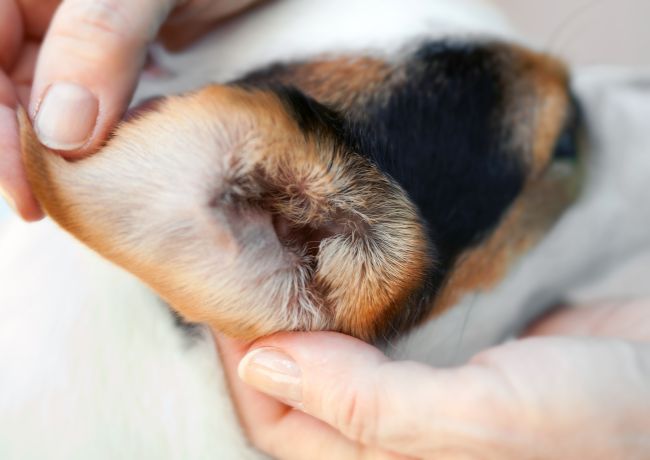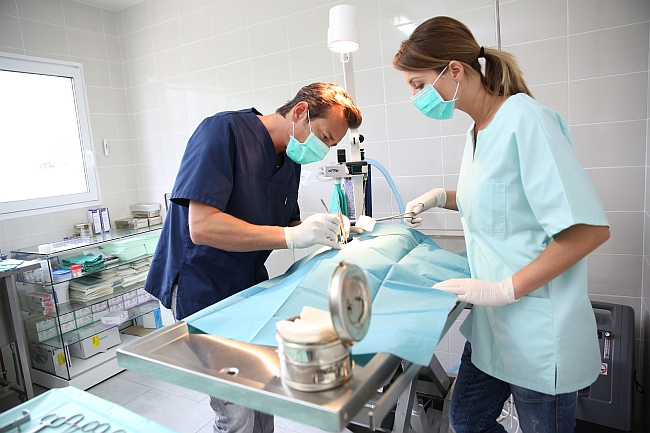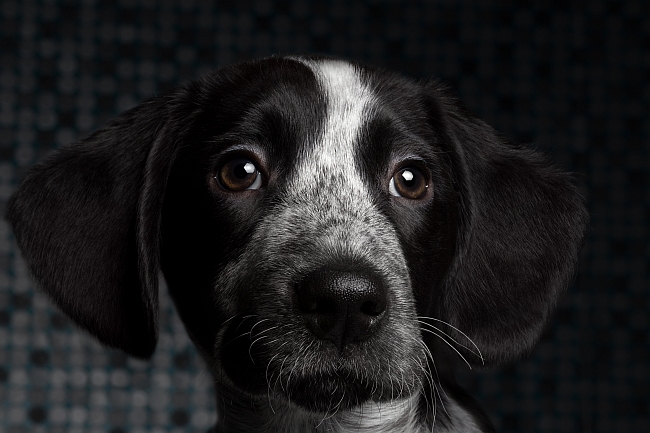Category: Health
-

Dealing with Pet Diabetes
One of the unfortunate results of having high percentages of obese domestic pets in America, is that many of these animals develop diabetes. When the body does not produce enough insulin, the cells become glucose deficient and the blood glucose rises to an unhealthy level. Both cats and dogs can be diagnosed with this insulin…
-
Canine Distemper
Though most areas in the world have taken care to subdue rampant infectious diseases, canine distemper still proves to be troublesome for many dogs. This disease, which is a ribonucleic acid (RNA) virus has a similar effect on dogs as measles does on humans. The infectious illness assails many animals including domestic dogs, wolves, coyotes,…
-

Oral Hygiene Products for Pets
We recently broke down the “How To” instructions of cleaning your pet’s teeth, but now will take a look at what kinds of products will best care for your dog or cat’s oral hygiene in the cleaning process. Dental disease is one of the most common ailments for both dogs and cats (nearly 85% of…
-

Canine Hearing Capabilities
Just as cats are known for their visual abilities, dogs are renowned for their keen sense of smell and their astute tracking skills. However, beyond the use of their noses, dogs also are able to hear things that are beyond the reach of human ears. For centuries, humans have counted on dogs to guard their…
-

Why Do Dog Noses Change Colors?
Dog-owners might automatically assume that a pigment change in their pup’s nose means nothing more than the fact that Fido has been snout- deep in dirt again, digging in the back yard. While your dog may indeed take a delight in fresh soil, there are several other explanations as to why canine noses can change…
-
Feline Kidney Disease
When cats are unable to eliminate urine and waste, they often struggle with internal toxic build-up which can result in kidney failure. This disease can be categorized by two distinctions: acute and chronic kidney failure. Acute kidney disease occurs suddenly, and is usually due to shock, trauma, infection or overexposure to toxins. This often happens…
-
Canine Liver Disease
The liver is the dog’s largest internal organ, and canines rely heavily upon it to detoxify, purify and rid the body of any waste or toxins. Therefore, liver failure is highly dangerous for the dog, as the disease affects many other organs in the body. Liver disease is not considered a common ailment that most…
-
Pet Dandruff Causes & Concerns
Humans that have dandruff know that having a flurry of snowflakes coming from the scalp is a hardly an ideal legacy to level behind. Similarly, when your dog or cat not only sheds hair all over the furniture, but also leaves sprinkles of dandruff in his wake, it can be very unpleasant for the owner.…
-

Types of Plastic Surgery for Pets
We know humans justify spending thousands of dollars to chase eternal youth, or correct features they dislike on themselves, but would they do the same for pets? Apparently nip and tucks have become popular surgeries to perform on pets in recent years. While some of the plastic surgeries are done for the benefit of the…
-

Dog Whiskers & Their Purpose
Many a dog owner has wondered what those long white hairs on a dog’s muzzle accomplish. Like many mammals, canines have whiskers on their faces, the numbers and patterns of which vary based on breed. The whiskers are located on the forehead just above the eyes (which we sometimes call the dog’s “eyebrow”), as well…
